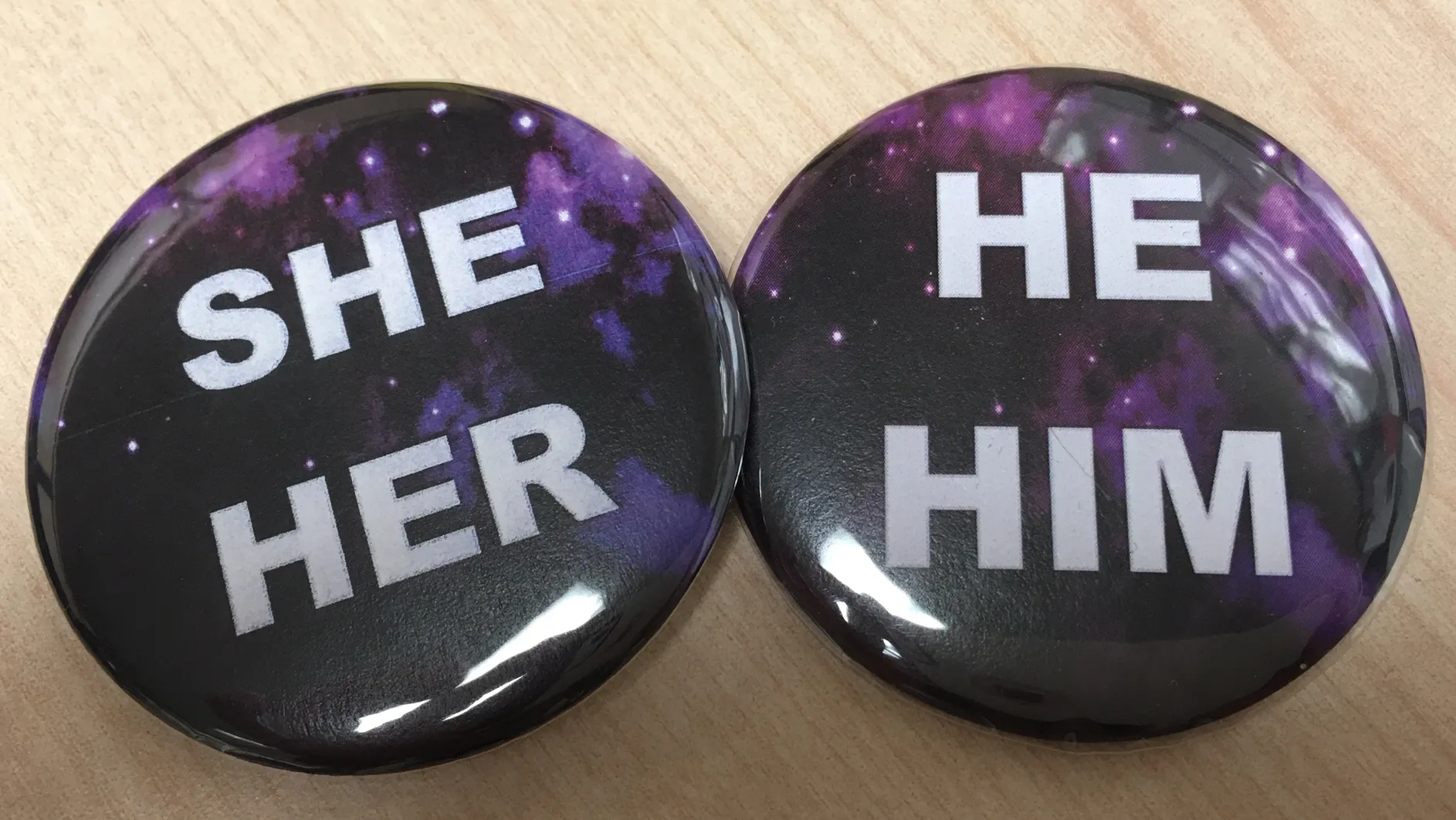Mighty Hermaphrodite
Posted:
If you haven't been to the Coral Tank in the Environment Gallery lately, you should come and check it out. Nature is taking a cool turn right before our eyes!
If you haven’t been to the Coral Tank in the Environment Gallery lately, you should come and check it out. Nature is taking a cool turn right before our eyes!
The Coral Tank is home to many different species of fish and underwater life. Clown Fish, Spotted Cardinalfish, live coral and even a Regal Tang (think Dory) live there, among many others. One fish that calls our tank home is the Sea Goldie. Sea Goldies are small tropical fish that are mainly found in the waters of South Africa, Japan and Australia[1] and are a very social species, traveling in shoals (like schools). The remarkable thing about them is that the Anthias species of Sea Goldie are protogynous hermaphrodites, which means that they are all born female[2]. How does the species survive, you ask? Well, at some point in their life, the females may transform into males. As males, they take control of a “harem” (that’s actually the term, I’m not making this up!) of females, keeping tabs on the group and protecting them from predators. The male Goldies are more territorial and aggressive towards other fish than the female Goldies.[3]

The female Sea Goldie
In our tank, we have one male and 4 female Sea Goldies. Recently, the male was, very unfortunately, found at the bottom of the tank, having perished under a rock. Around the same time, the largest of our female Sea Goldies started displaying rather bully-like behaviour – charging other fish and generally behaving unlike the good harem member she usually is. This was our first clue that something “fishy” was going on. A few days later, the signs of transformation became more obvious in the female Sea Goldie – she started to change from a bright orange colour to a darker, redder tone. In the next week, the changes were unmistakeable, right down to the development of a unicorn-like horn forming along her top fin. Apparently, it was her moment to take on a new role in the tank!

Our new male Sea Goldie

The unicorn-like horn forming on the male's dorsal fin
This amazing transformation was due to the death of the male. Even prior to his passing, this female had begun the process of transforming into a male. She sensed the impending absence of the male leader in the tank, instincts took over and, voila! Social organization is re-established.
Our new male Sea Goldie has not completely taken on the colouring of his predecessor. You can still see the hints of her old self, but in the coming weeks, the transformation will be complete. Next time you’re visiting the tank, see if you can identify him. Or her. Or They. Or maybe you should just ask.
References:
[1] Sutton, A. (August 12, 2014). Sea Goldies Facts Photographs & Video. Retrieved from www.seaunseen.com/sea-goldies.
[1] Sea Goldie. (n.d). Retrieved from https://www.oceanario.pt/en/exhibitions/permanent-exhibition/fishes/sea-goldie.
[1] Sea Goldie. (n.d). Retrieved from https://www.oceanario.pt/en/exhibitions/permanent-exhibition/fishes/sea-goldie.

Related Articles


Food Chain Reactions
How Climate Change is Impacting Canada's Lakes


It Is Ice to See You
How Seasonal Connections Are Affected by Climate Change


Getting to the Core of Climate Change
A Look at How Refrigerants Are Affecting Our Environment through Ice Cores
Related Articles


Food Chain Reactions
How Climate Change is Impacting Canada's Lakes


It Is Ice to See You
How Seasonal Connections Are Affected by Climate Change


Getting to the Core of Climate Change
A Look at How Refrigerants Are Affecting Our Environment through Ice Cores





